“Here lyeth the bodie of John Middleton the Childe of Hale. Nine feet three. Borne 1578. Dyede 1623.” - so reads the inscription on the great stone slab which marks the giant’s grave.
John Middleton was born in Hale in 1578 a normal and healthy baby of humble peasant stock. Middleton grew to a height of nine feet and three inches (2.8m), so tall it is said, that he had to sleep with his feet sticking out of the window of his tiny cottage (a plaque is visible on the cottage which is just a minute or two’s walk from the churchyard). Because of his ‘formidable appearance’ Middleton was employed as a bodyguard by a local landlord called Gilbert Ireland.
In 1617, on his way back from Scotland, King I stopped to knight Ireland and in doing so heard of his gigantic protector. Both master and servant were invited to visit the king’s court and a fine outfit of purple, red and gold was specially made for Middleton.
It is recorded that the Childe and his master visited Brasenose College Oxford (Ireland was himself, a graduate and senior member of the college) where he had his portrait painted. There are only three portraits of Middleton in existence, and two remain at the college.
Brasenose rowing club’s first eight still wear the “Childe of Hale colours” of purple, yellow and red in honor of their visitor. Samuel Pepys wrote about seeing the painted outline of the Childe’s hand (which remains to this day) at the college in 1668: “After came home from the schools I out with Landlord to Brasenose College to the butteries and in the cellar find the hand of the child of Hales”.
In London John beat the king’s champion wrestler and in doing so broke the man’s thumb. Embarrassed by the defeat and displeased with the amount of money many of his subjects had lost in betting on the match, James sent the Childe home with the substantial amount of twenty pounds for his troubles.
Unfortunately, jealous of his wealth and taking advantage of his apparently slow wits, Middleton’s companions mugged him on the journey back to Hale. John Middleton returned to the village penniless and remained there until he died in 1623.
Opposite the churchyard stands “The Hale History Tree” - the wooden sculpture represents the Childe of Hale and various features of Hale’s history.
Just around the corner is The Childe of Hale public house which has a large mosaic of Middleton on one of its walls.
Nearby Speke Hall has a life sized portrait of John Middleton hanging in its Great Hall.





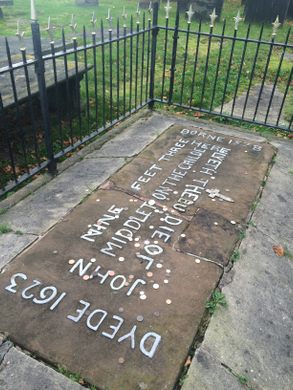







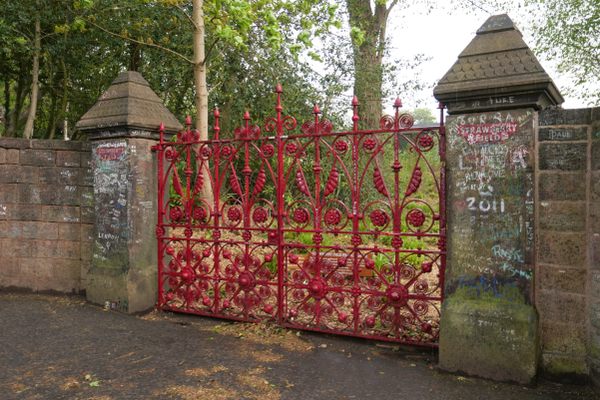


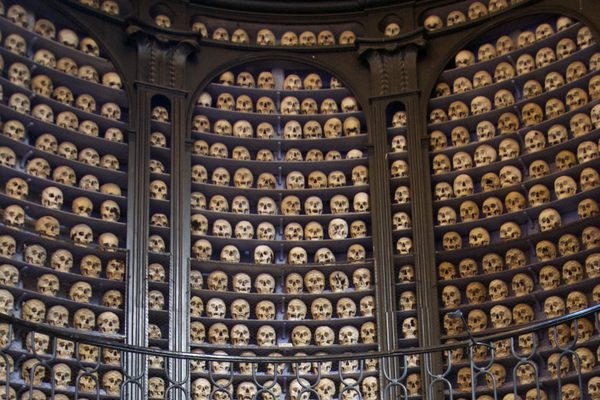

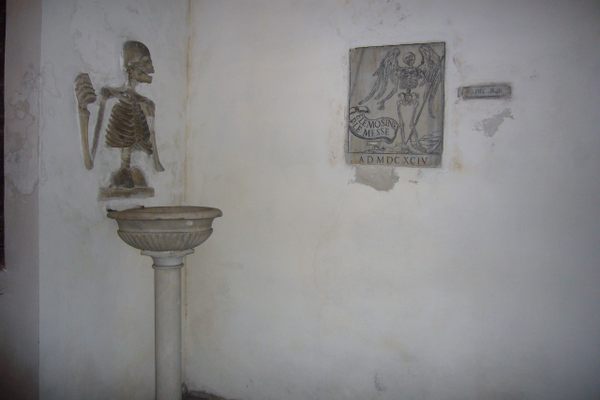
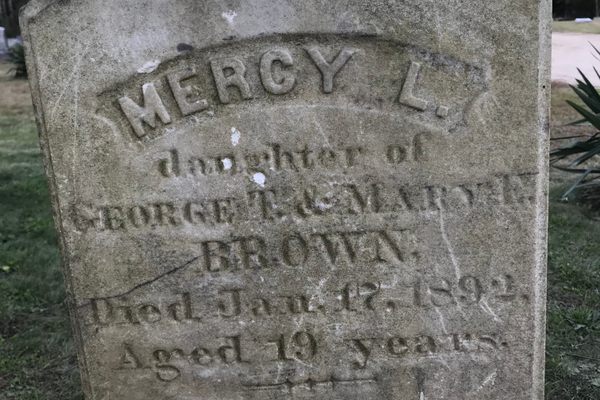

Follow us on Twitter to get the latest on the world's hidden wonders.
Like us on Facebook to get the latest on the world's hidden wonders.
Follow us on Twitter Like us on Facebook